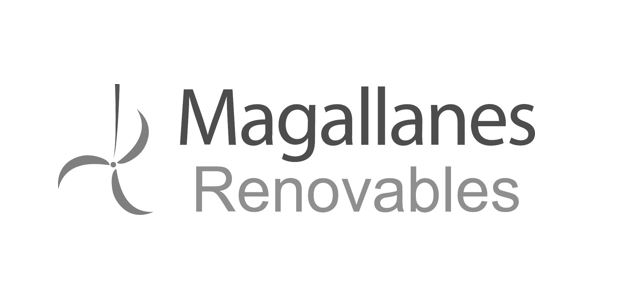Blog: Bloomberg New Energy Finance interview with Neil Kermode
Following a recent visit to EMEC, Angus McCrone, Chief Editor of Bloomberg New Energy Finance published the following interview with Neil Kermode in Clean Energy & Carbon Brief – Bloomberg’s weekly newsletter.
Q: Is wave and tidal stream technology making progress towards being used in commercial power generating projects?
A: “Absolutely, yes. We see six issues that have to be addressed to make these new technologies bankable for projects. These are installability, survivability, reliability, maintainability, operability and cost-effectiveness. Generally, companies learn from the first one down, but actually we are seeing different companies making great progress towards ticking different items off this list with their machines. One of the developments of the last 18 months is that the big utilities and manufacturers have been putting their names on these wave and tidal machines. We have seen EON AG do that, and ScottishPower Plc, and Vattenfall AB, and Rolls-Royce Plc, and Andritz AG, ABB Ltd., Siemens AG and others. These companies don’t have to do this, but they want to – and that is hugely important recognition that this sector has moved far beyond the man-in-a-shed businesses.”
Q: At the moment, there are many different technologies competing for this future market. They range from machines that look like buoys, to others that operate like giant flaps, and one that looks like a giant snake. How many different types of device will there be room for in the market in the long term?
A: “There will be different evolutionary niches. There could be a deep-water wave machine, a near-shore wave technology, and one for devices sitting on the shore being hit by waves. There could be an epic-size machine, stretching over hundreds of meters or more. In tidal stream, there could be three or four different niches, including a device to be used in large numbers for an industrial-scale project, a machine suited to an isolated island community, one for a run-of-river application, and one for big, deep currents such as the Gulf Stream. I do not think there will be just one market leader.”
Q: Wave and tidal electricity is starting off much more expensive than established sources such as onshore wind, as with other new technologies. What are developers doing to reduce costs?
A: “To my mind, the most important thing is to prove that these machines work, and to show that the next one will make electricity more cheaply than the last. We have to get costs down, but we have to get costs down in something that works. By testing out machines at EMEC, developers are not only proving their devices, but also learning new techniques for reducing costs. Tidal Generation Limited, for instance, uses a floating nacelle that can be towed out to be fitted onto its tripod on the seabed. This means that the cost of the vessel is much less, because large cranes are not required. Developers are also looking at using different, and cheaper materials – for instance, Aquamarine may use fibre-reinforced plastic for its next machines, and Pelamis may use concrete instead of steel for part of its device. It’s all about learning by doing, and by getting these machines in saltwater these companies are learning what they need to advance their technologies into the huge global cleantech market that awaits.”
The above interview was published alongside an in-depth article looking at the various challenges faced by wave and tidal energy developers and how the industry is developing: Wave and tidal stream – will it always be jam tomorrow?





